Disclosure: This article contains affiliate links. We may earn a commission from purchases at no extra cost to you, which helps our travel content.
When I stepped off the helicopter onto Kamchatka's volcanic soil, I knew I was experiencing something few Western travelers ever would. As someone who's explored deserts from Arizona to Morocco, I thought I understood remote wilderness—but Russia's Kamchatka Peninsula exists in another category entirely. This 780-mile finger of land dangling into the Pacific Ocean hosts over 300 volcanoes (29 active), sprawling valleys carved by glaciers, and wildlife so unaccustomed to humans that brown bears barely acknowledge your presence. After spending two weeks traversing this geological wonderland with my close friend Elena, a Russian-American photographer who served as both companion and translator, I've compiled this comprehensive guide for couples seeking the ultimate adventure vacation—one that requires advanced outdoor experience but rewards with unparalleled natural spectacles.
Planning Your Kamchatka Expedition: The Essential Framework
Let me be clear: Kamchatka is not for casual travelers. This remote Russian peninsula demands meticulous preparation, substantial resources, and advanced outdoor skills. As a lawyer accustomed to thorough research, I spent months planning our summer expedition, and I strongly recommend you do the same.
First, secure your Russian visa well in advance—at least 3-4 months before departure. The process requires an invitation letter from a Russian tour operator, which leads to my next crucial point: book a reputable local guide service. While I typically advocate for independent travel, Kamchatka's infrastructure is minimal, permits are required for protected areas, and the language barrier is significant. We used Kamchatka Discovery, whose expertise proved invaluable for navigating both bureaucracy and backcountry.
Your gear selection will make or break your experience. Despite visiting in summer, temperatures fluctuated dramatically between 75°F days and near-freezing nights. I relied heavily on my layering system which provided versatility across these conditions. Waterproof everything is essential—the peninsula's weather shifts rapidly, and helicopter excursions won't wait for clear skies.
Communication will be limited, so download offline maps, Russian language basics, and consider a satellite messenger for emergency communication. Cell service exists primarily in Petropavlovsk-Kamchatsky (the main city) and disappears entirely in the wilderness areas where you'll spend most of your time.

💡 Pro Tips
- Book your tour operator at least 6 months in advance—the best guides are reserved quickly for the short summer season
- Bring twice the memory cards you think you'll need for photography—the landscapes are extraordinary
- Pack high-quality insect repellent with DEET—the summer mosquitoes are relentless
Valley of Geysers: Earth's Hidden Thermal Wonderland
If you've visited Yellowstone and thought its geothermal features impressive, prepare to be humbled. Kamchatka's Valley of Geysers—discovered only in 1941—contains one of the world's highest concentrations of active geysers, fumaroles, and mud pots in a canyon that feels prehistoric.
Reachable only by helicopter (a 1.5-hour flight from Petropavlovsk-Kamchatsky), the valley lies within Kronotsky Nature Reserve and requires advance permits with strict visitor limitations. The $800 per person helicopter excursion initially gave me pause, but the moment we descended into the valley, passing between steam plumes rising from the verdant landscape, I knew this experience justified every penny.
What makes this valley extraordinary is the combination of concentrated geothermal activity within such dramatic topography. Wooden boardwalks guide visitors safely through the steaming landscape, where over 40 geysers erupt on predictable schedules. Our guide timed our visit perfectly to witness Velikan Geyser's powerful eruption, sending scalding water 25 meters into the air.
While exploring, we encountered a family of red foxes remarkably accustomed to human presence—a reminder of how few visitors this remote preserve receives. The valley's microclimate supports unique vegetation, including towering grasses and wildflowers that create surreal contrasts against the steaming earth.
During our visit, I relied heavily on my waterproof hiking boots as sections of the boardwalk were slippery with condensation. The valley's weather changes rapidly, so wearing quick-drying layers is essential—you'll likely be caught in at least one brief shower.
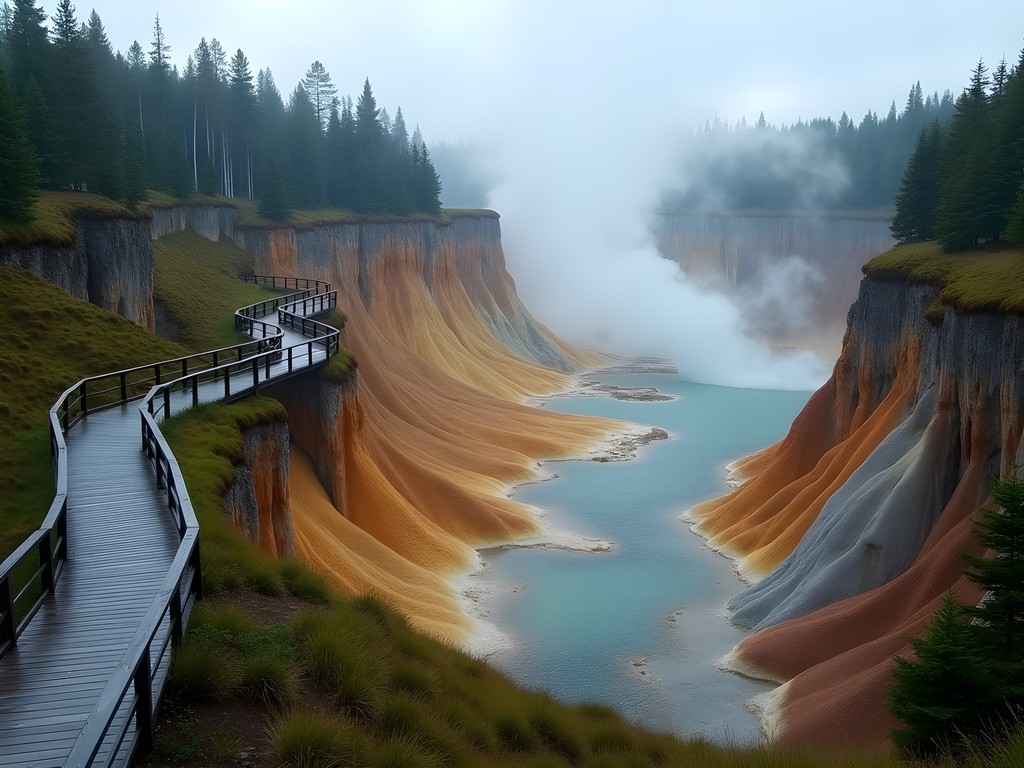
💡 Pro Tips
- Book the earliest morning helicopter departure for the best lighting and fewer crowds
- Bring a polarizing filter for your camera to cut through steam and enhance the vivid colors of the thermal pools
- Pack a waterproof bag for camera equipment—steam and sudden rain showers are constant companions
Volcanic Ascents: Summiting the Pacific Ring of Fire
Standing atop an active volcano—feeling the earth's heat through your boots while gazing into a smoldering crater—creates a profound connection to our planet's geological forces. Kamchatka offers numerous volcanic hiking opportunities across various difficulty levels, though all require reasonable fitness and comfort with exposure.
Our most memorable climb was Avachinsky Volcano (2,741m), an active stratovolcano looming over Petropavlovsk-Kamchatsky. The ascent begins in alpine meadows before transitioning to volcanic scree and ash—imagine climbing a giant, unstable sand dune where each step slides backward. The final approach traverses hardened lava flows before reaching the crater rim, where sulfurous gases billow skyward.
The technical difficulty isn't extreme, but the 1,800m elevation gain over 8km demands endurance. We departed at 4am with headlamps to reach the summit by mid-morning, avoiding afternoon weather systems that frequently envelop the peaks. The sunrise painting neighboring volcanoes in golden light created one of my most treasured travel memories.
For a less demanding but equally rewarding experience, Mutnovsky Volcano offers a shorter ascent with extraordinary diversity—ice caves, fumaroles, and a crater lake exist in improbable proximity. The approach requires crossing a small glacier, so proper footwear is essential.
Before attempting any volcanic hike, I strongly recommend training with weighted day hikes at elevation if possible. My trekking poles proved invaluable on the loose volcanic terrain, providing stability and reducing strain on my knees during steep descents.
Remember that these are active volcanoes—our guide carried gas masks in case of increased emissions, and evacuation routes were clearly established before we began our ascent. This is not terrain where you want to improvise.
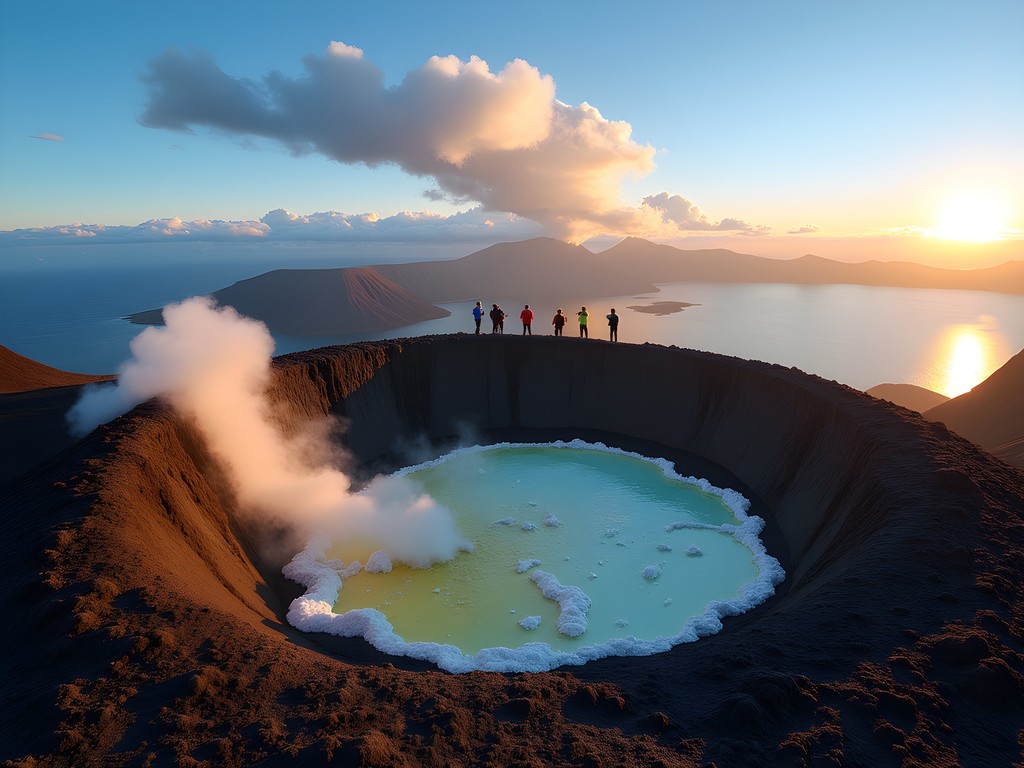
💡 Pro Tips
- Train specifically for hiking on loose scree—it requires different muscles and technique than standard trail hiking
- Pack microspikes even in summer, as higher elevations may have icy sections
- Bring a buff or face covering for protection against volcanic gases near crater areas
Wildlife Encounters: Bears, Whales and Eagles
Kamchatka hosts one of the densest brown bear populations on earth, with an estimated 10,000-14,000 bears roaming the peninsula. Unlike North American parks where bear sightings might be rare treasures, here they're practically guaranteed—during salmon runs, we observed over 20 bears in a single day along the Kuril Lake shoreline.
This extraordinary wildlife viewing comes with serious responsibility. Our guides carried flares and bear spray, but their primary safety tool was knowledge—understanding bear behavior, maintaining proper distances, and recognizing signs of stress. We followed strict protocols: no food outside designated areas, traveling in tight groups, and making consistent noise on trails.
The bears' relative tolerance of humans stems from minimal hunting pressure in protected areas and abundant food sources. During our visit in late July, bears were focused entirely on salmon, largely ignoring humans as they scooped fish from rushing rivers with astonishing dexterity. Watching a mother teach her cubs fishing techniques along the Ozernaya River provided a window into their complex social structures.
Beyond bears, Kamchatka's coastal waters host spectacular marine life. We booked a day trip from Avacha Bay to observe orcas, sea lions, and puffins. The waterproof binoculars I brought proved perfect for wildlife spotting from the boat, offering clear views even in foggy conditions.
The peninsula's isolation has preserved intact ecosystems where Steller's sea eagles (among the world's largest raptors) patrol coastlines, and rivers teem with salmon in numbers that seem impossible in our era of depleted fisheries. As someone passionate about environmental education, I found Kamchatka's intact wilderness profoundly moving—a reminder of what we've lost elsewhere and what remains worth protecting.
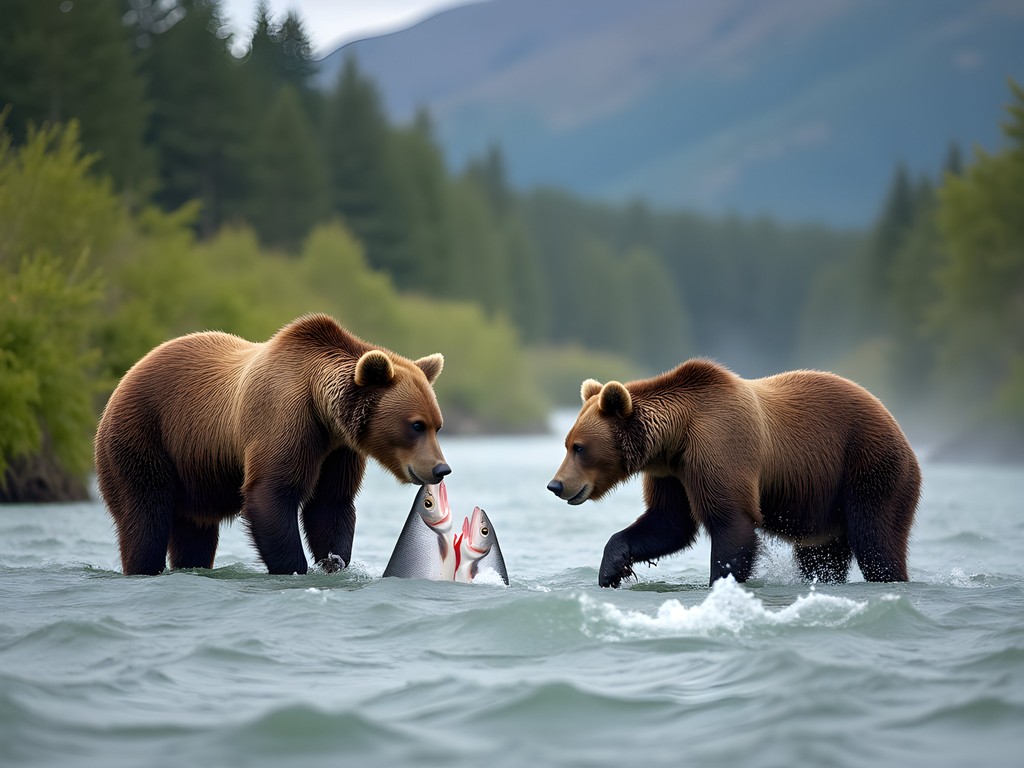
💡 Pro Tips
- Never approach bears—use a telephoto lens for photography and maintain minimum 100-meter distance
- Book wildlife excursions with conservation-minded operators who prioritize animal welfare over close encounters
- Visit Kuril Lake during August for peak salmon runs and maximum bear activity
Indigenous Culture: The Itelmen and Koryak Heritage
While Kamchatka's natural wonders rightfully command attention, the peninsula's indigenous cultures offer equally valuable insights. As someone deeply interested in social justice, I made a point to learn about the region's original inhabitants—the Itelmen and Koryak peoples who have inhabited this harsh environment for millennia.
In the village of Esso, we visited the Bystrinsky Nature Park's cultural center where traditional dances are performed and crafts displayed. What struck me most was how indigenous knowledge perfectly adapted to Kamchatka's challenging conditions—from clothing made from salmon skin to dwelling designs engineered for volcanic activity.
These communities faced severe repression during the Soviet era when traditional practices were forbidden and settlements forcibly relocated. Today, cultural revitalization efforts are underway, though many traditions teeter on extinction. Only a few hundred fluent speakers of Itelmen language remain.
We participated in a traditional cooking workshop where we learned to prepare ukha (salmon soup) and tolkusha (a mixture of berries and fish fat)—techniques perfectly suited to the local environment. Our host explained how seasonal migrations once followed wildlife patterns and how volcanic areas were incorporated into spiritual practices.
For travelers interested in indigenous culture, I recommend the Kamchatka Regional Museum in Petropavlovsk-Kamchatsky, which houses extensive ethnographic collections. However, the most meaningful experiences come through community-based tourism initiatives that directly benefit indigenous villages.
As in many remote regions worldwide, appropriate cultural engagement requires research and respect. I found the cultural guidebook provided helpful context for understanding appropriate etiquette when visiting communities. Most importantly, listen more than you speak, ask permission before taking photographs, and purchase crafts directly from artisans when possible.
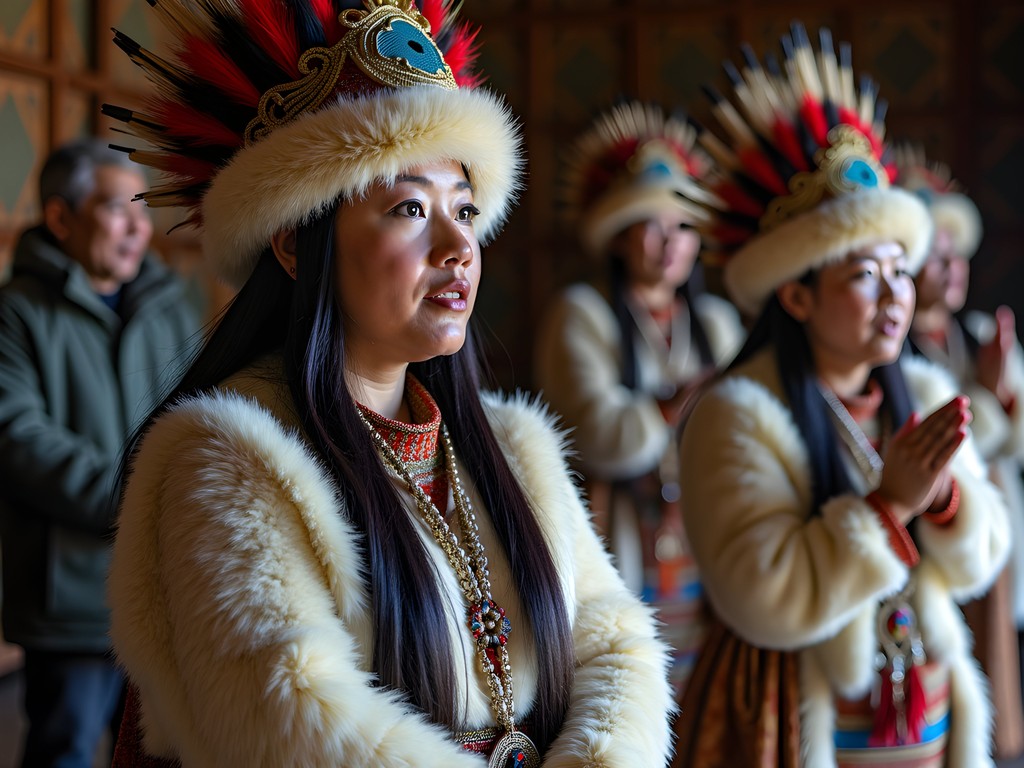
💡 Pro Tips
- Learn basic Russian greetings and thank-you phrases—they're deeply appreciated even if your pronunciation isn't perfect
- Bring small, thoughtful gifts from your home region when visiting communities (avoid alcohol)
- Purchase traditional crafts directly from artisans rather than souvenir shops to ensure fair compensation
Final Thoughts
As our helicopter lifted off from Kuril Lake on our final day, I watched Kamchatka's volcanic peaks recede into the distance with that familiar mixture of gratitude and longing that accompanies departures from extraordinary places. This peninsula represents one of our planet's last truly wild frontiers—a landscape where geological forces remain visible, ecosystems function intact, and human presence remains refreshingly minimal. The journey demands significant resources, advanced planning, and genuine wilderness skills, but rewards with experiences increasingly rare in our hyperconnected world. Whether you're summiting an active volcano, watching bears fish in salmon-filled rivers, or connecting with indigenous communities who've thrived in this harsh environment for generations, Kamchatka offers adventure in its purest form. For couples seeking to challenge themselves while witnessing nature's raw power, this remote Russian peninsula provides the ultimate testing ground—and the ultimate reward.
✨ Key Takeaways
- Kamchatka requires extensive preparation but rewards with unparalleled wilderness experiences
- Booking through reputable local operators is essential for permits, transportation, and safety
- The short summer season (July-September) offers the best combination of accessibility and wildlife viewing
- Budget appropriately—this is genuinely luxury adventure travel with helicopter transfers often the only access option
📋 Practical Information
Best Time to Visit
July through early September
Budget Estimate
$6,000-10,000 per person for a comprehensive 2-week trip
Recommended Duration
10-14 days minimum
Difficulty Level
Challenging

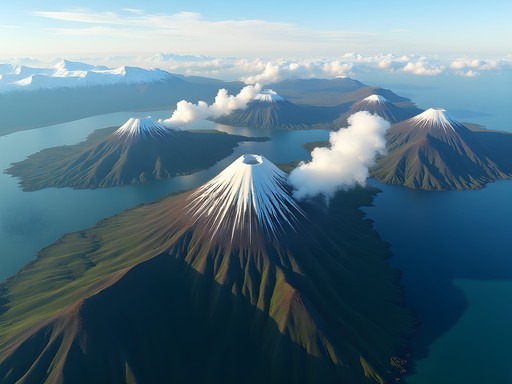
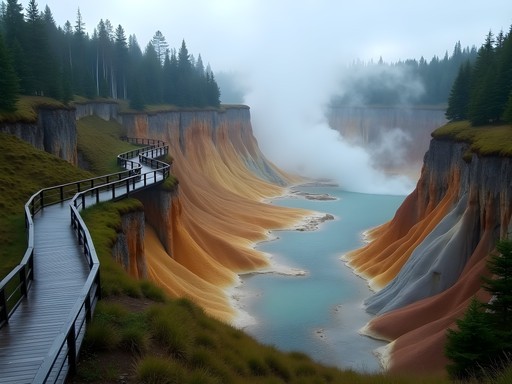
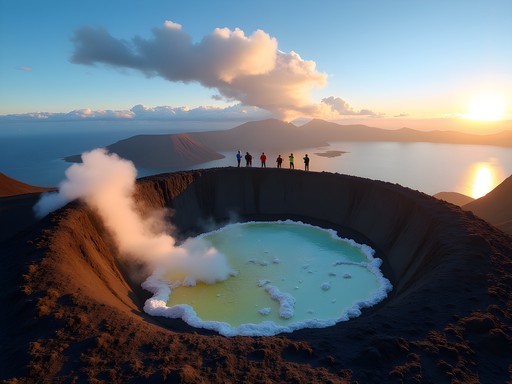
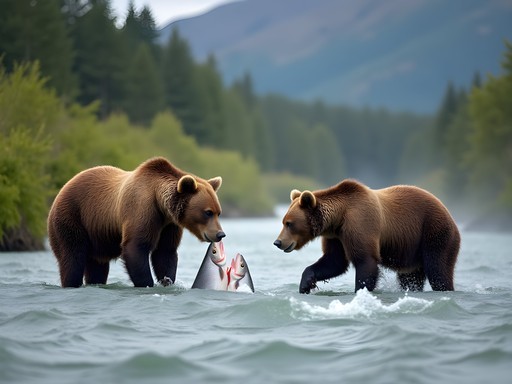
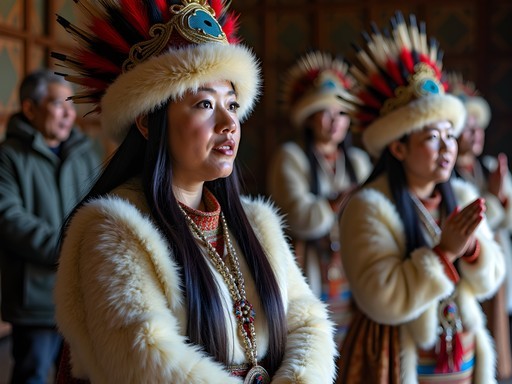


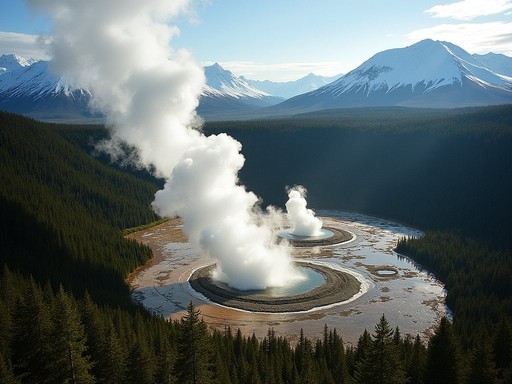




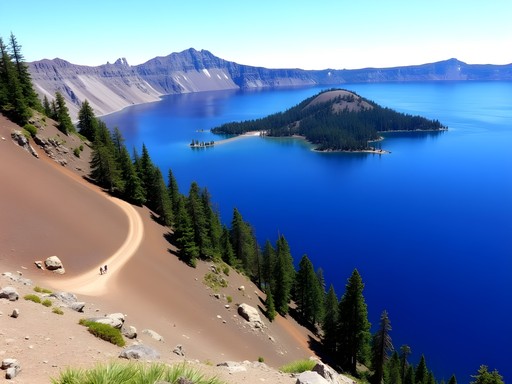


Comments
RussianTraveler
As a Russian who has visited Kamchatka twice, I would add that August-September is really the best time. The weather is more stable and you have both wildflowers and fall colors. Also, don't miss the indigenous cultural experiences - the Even and Koryak people have fascinating traditions!
hikingqueen
Did you find English-speaking guides easily or should I learn some Russian phrases?
RussianTraveler
Definitely learn basic Russian phrases! English-speaking guides exist with the major tour operators but are limited. Even simple things like 'hello' (zdravstvuyte) and 'thank you' (spasibo) go a long way. The locals really appreciate the effort!
AdventureSeeker92
Those volcano photos are INSANE! Adding this to my bucket list right now!
Taylor Moreau
Excellent write-up on one of the world's truly remarkable wilderness destinations. I visited Kamchatka in 2021 on assignment and can confirm everything you've mentioned about the logistical challenges. For those planning a visit, I'd emphasize securing your permits well in advance - Russian bureaucracy can be challenging. The helicopter costs are indeed substantial, but the Valley of Geysers is worth every penny. I'd also recommend bringing a satellite communication device as cell coverage is virtually non-existent outside Petropavlovsk. My Garmin inReach Mini was invaluable during my three weeks there.
Savannah Torres
Thanks for the additional insights, Taylor! You're absolutely right about the permits and communication challenges. Did you make it to Kuril Lake for the bear viewing?
Taylor Moreau
Indeed I did! The concentration of bears at Kuril Lake during salmon season was extraordinary - I counted 26 in one afternoon. The rangers there run a tight operation to ensure safety while allowing for remarkable viewing opportunities.
hikingqueen
This is exactly the kind of adventure I've been dreaming about! How did you handle the bear situation? I've heard Kamchatka has tons of them and I'm a bit nervous about that part...
Savannah Torres
Hi @hikingqueen! The bears are definitely present but our guides were incredibly experienced. We always traveled in groups, made noise while hiking, and carried bear spray. Most importantly, never approach them for photos! They're generally more scared of you than you are of them.
hikingqueen
Thanks Savannah! That makes me feel better. Did you have any close encounters?
Savannah Torres
We saw them fishing for salmon from about 100 meters away - absolutely magnificent! But our guide made sure we kept a safe distance. It was perfect for photos with a zoom lens.
RussiaExplorer
Just returned from Kamchatka myself and this guide would have been SO helpful before my trip! One thing I'd add is about the language barrier - almost no one outside the tour companies speaks English. I downloaded Russian phrases offline and it saved me multiple times. Also found the local food surprisingly delicious - lots of fresh seafood and wild berries. The smoked salmon was incredible. Did anyone else try the local pine nut ice cream?
greenace
Pine nut ice cream sounds amazing! Adding that to my list.
TravelingTeacher
Those bear photos are incredible! What time of year did you visit?
Savannah Torres
Late July/early August - prime salmon run season! That's when you'll see the most bears fishing.
AdventureSeeker92
Going there next month! Did you use public transportation at all or is that not really an option?
Douglas Bradley
Not Savannah, but I can tell you public transportation is extremely limited. The main city has some buses, but to reach any of the natural attractions, you'll need either organized tours or hired 4x4s. The road network barely exists outside Petropavlovsk.
AdventureSeeker92
Thanks for the info! Guess I'll budget for tours then.
Douglas Bradley
Brilliant write-up on one of Earth's truly remote frontiers. I visited Kamchatka last summer and can confirm everything you've mentioned about the logistical challenges. For anyone planning a trip, I'd emphasize securing permits well in advance - Russian bureaucracy moves at its own pace. The Valley of Geysers was the highlight for me, though our helicopter was nearly grounded due to sudden fog. That's another point worth emphasizing: weather contingency days are absolutely essential in your itinerary. We extended our stay in Petropavlovsk-Kamchatsky by three days due to delayed flights. What camera setup did you use for those incredible wildlife shots, Savannah?
Savannah Torres
Thanks Douglas! Great point about the weather delays - I should have emphasized that more. For wildlife, I used my telephoto lens which was perfect for the bear and eagle shots. A bit heavy to lug around, but worth every ounce!
Douglas Bradley
That explains the clarity! Did you find the helicopter tours worth the expense? I'm still conflicted about whether the high cost justified the experience, even though the aerial views were undeniably spectacular.
Savannah Torres
Honestly, there's no other way to see many of these places. Expensive? Absolutely. Worth it? I think so, especially for the Valley of Geysers. We split costs by joining a group tour rather than chartering privately.
greenace
Wow! Kamchatka has been on my bucket list forever. Those volcano shots are incredible!
Savannah Torres
Thanks greenace! The volcanoes were even more impressive in person. Hope you make it there someday!
greenace
Did you feel safe with the bears? That's my biggest concern about going.
Savannah Torres
Definitely a valid concern! We had experienced guides who carried bear spray and taught us proper protocols. The bears were mostly interested in the salmon, not us. Just don't go wandering off alone and you'll be fine!
coolvibes
Just booked my trip for next July after reading this! Can't wait to see those geysers in person!
Venture X
Premium card with 2X miles, $300 travel credit, Priority Pass